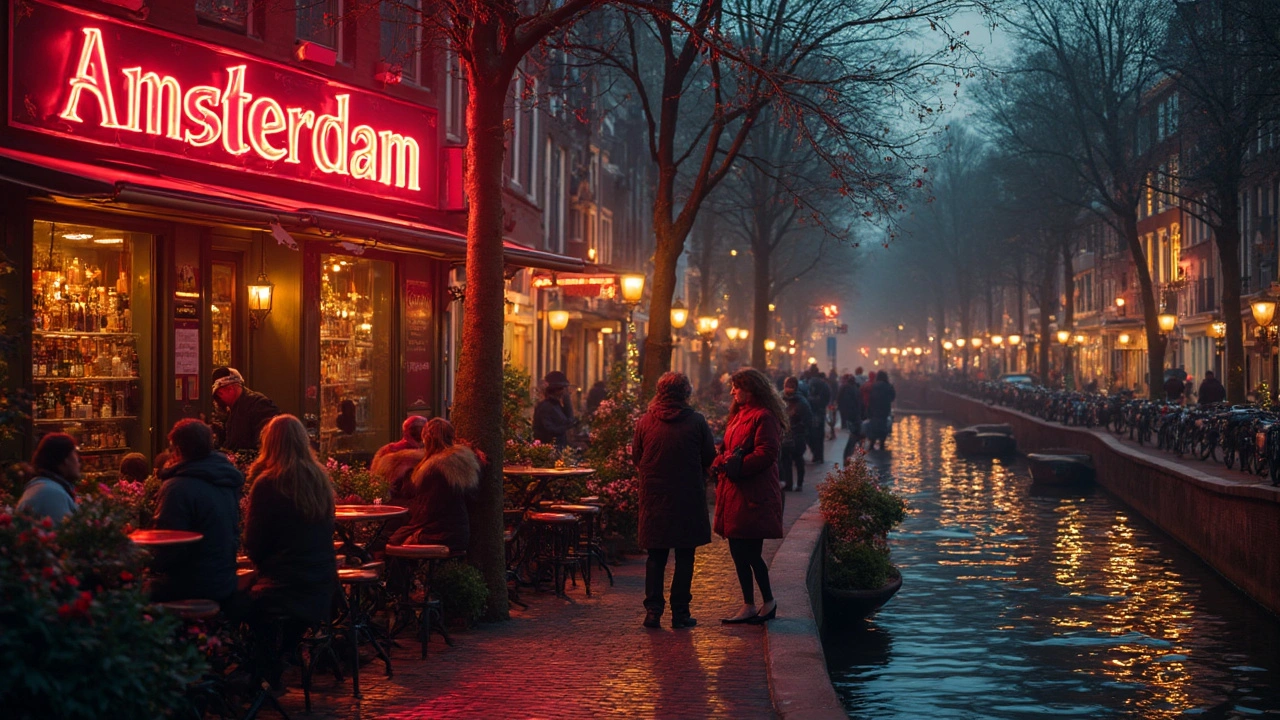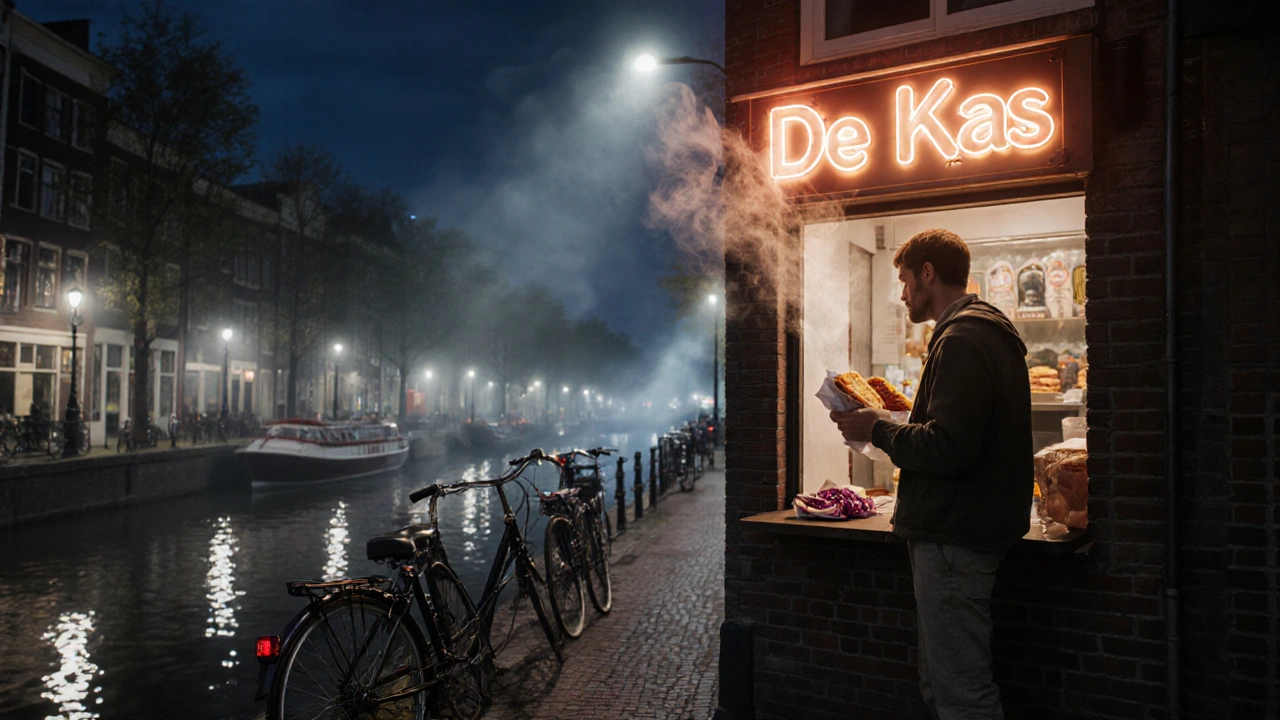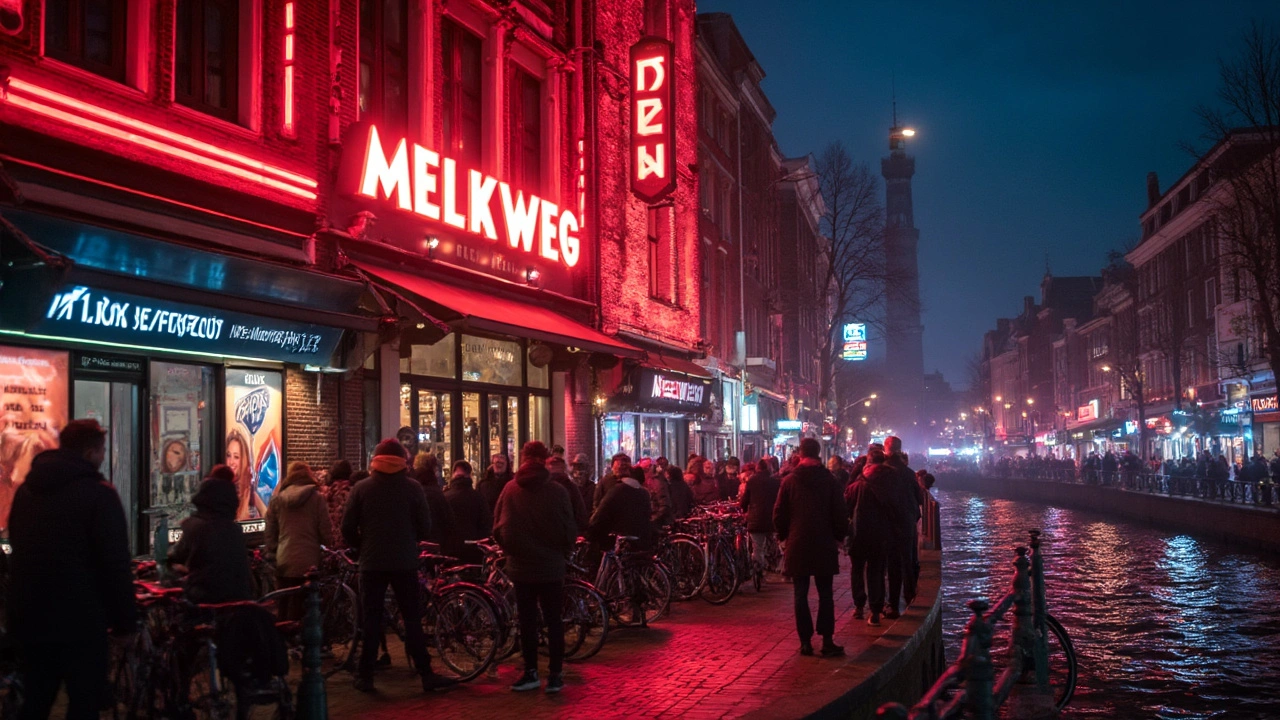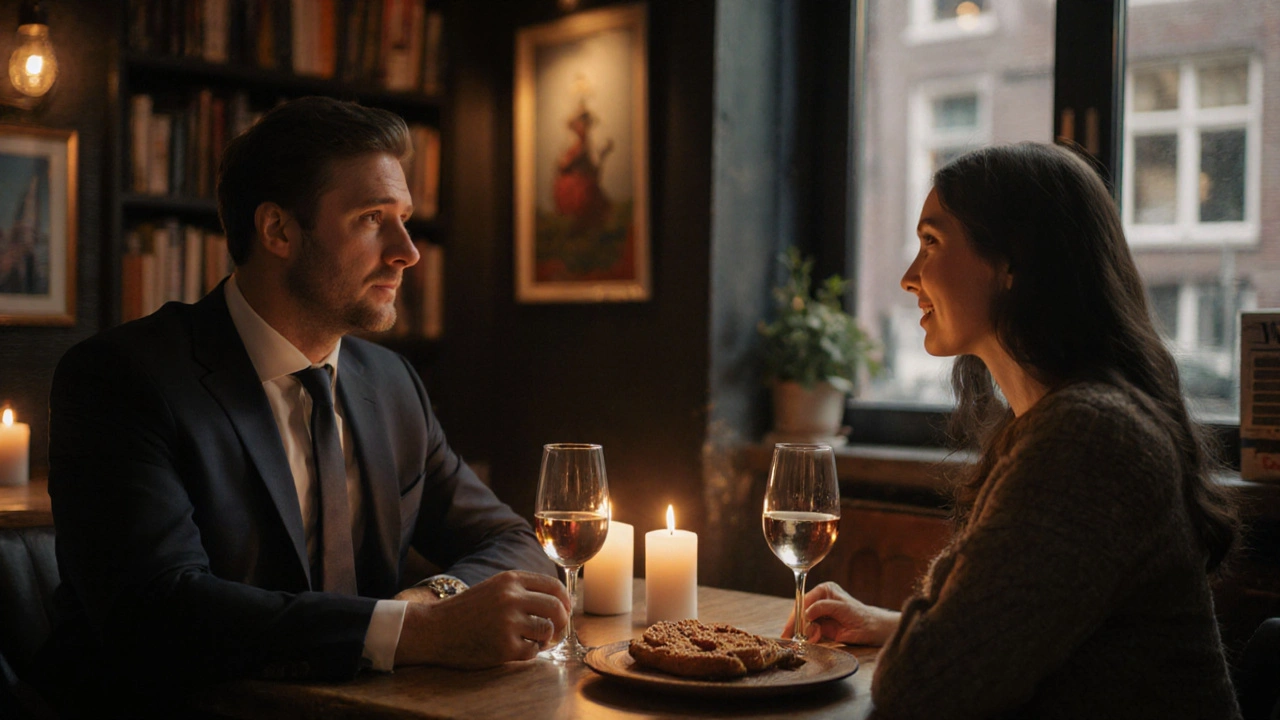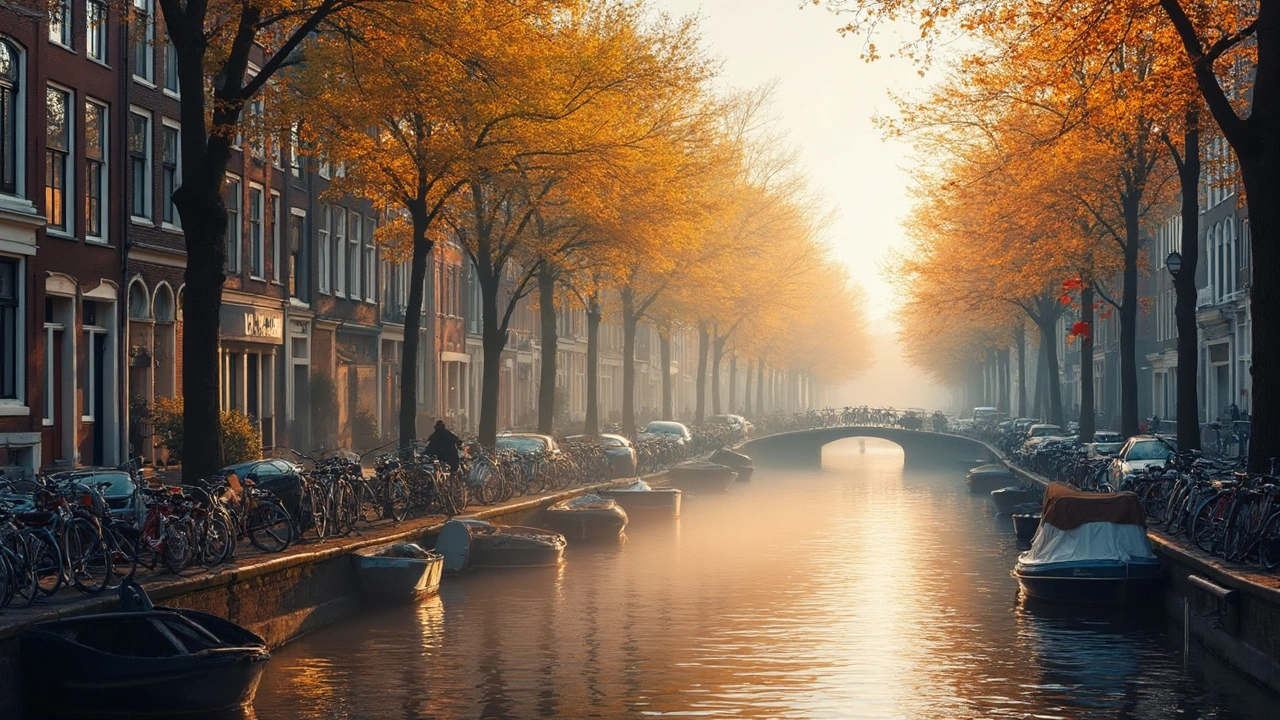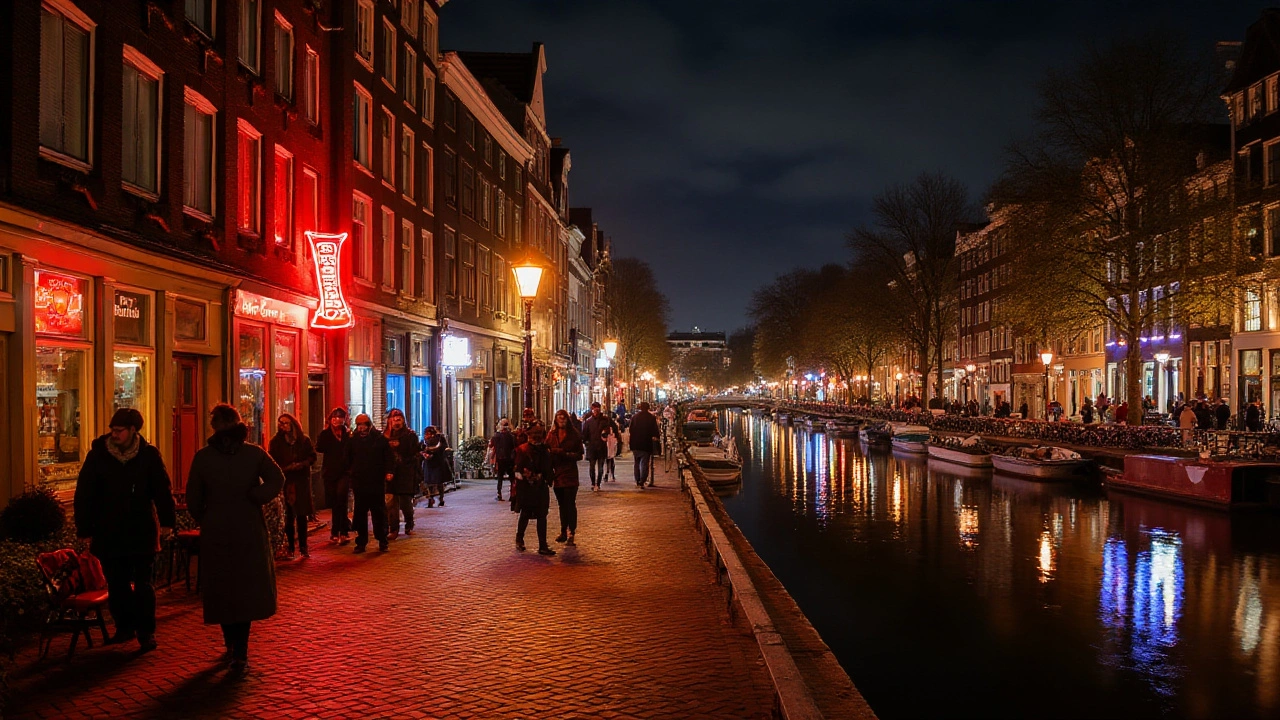
In the heart of Amsterdam, a city known for its winding canals and artistic heritage, the Red Light District stands as a beacon of intrigue and curiosity. While the area might be famous for its vibrant nightlife and tantalizing red-glow windows, a deep dive into these streets reveals much more than just its notorious reputation.
The district weaves together rich historical layers with contemporary cultural nuances, offering a curious blend of tourist spots and local traditions. From historic buildings whispering stories of the past to streets thrumming with the energy of the present, every nook holds a charm of its own. Each visit is a tapestry of intimate narratives, best appreciated by those who approach with an open mind and sense of wonder.
Navigating these quarters calls for an appreciation for cultural etiquette, an awareness of what's on offer, and a penchant for exploration. Whether you're there for a leisurely stroll or in search of deeper stories, you'll find that knowing the pulse of this district is as important as visiting its highlights. Ready yourself to uncover the layers of Amsterdam's iconic Red Light District, where each corner is a discovery waiting to happen.
Cultural Significance
The Amsterdam Red Light District, locally known as De Wallen, carries a cultural significance that extends beyond its well-known facade. The district is enveloped in historical richness, with its origins dating back to the 14th century. Through the centuries, it has evolved, mirroring the transformations in societal norms and city governance. This cobbled labyrinth, flanked by crooked yet charming gabled buildings, tells stories of a time when Amsterdam was burgeoning into a bustling trade hub, filled with merchants, sailors, and a medley of varying cultures and lifestyles.
It was this melting pot of cultures that crafted the Red Light District’s enduring character, a microcosm of liberal attitudes. The legalization of sex work, cemented in 2000, reflects the Dutch philosophy of 'gedogen,' a tolerance policy that seeks pragmatic coexistence over prohibition. By regulating the industry, Amsterdam aimed to protect workers, promote public health, and reduce human trafficking. This progressive approach has often been praised as 'the Dutch model,' emphasizing respect, freedom, and human rights. "The Red Light District is not just a place of entertainment; it is a tapestry of human experiences," remarked Dr. Ilja Hesselink, a cultural historian, in his writings on Amsterdam's urban evolution.
Modern visitors to the district may find the juxtaposition of history and hedonism quite fascinating. Amidst the subtle red glow and bustling chatter, one might uncover vestiges of old chapels, hidden art gems, and eclectic museums that make the district more than just its notorious reputation. Institutions such as the Museum of Prostitution open doors to understanding the stories behind the windows, transforming curiosity into empathy and deeper comprehension. As one meanders through these vibrant streets, it becomes clear that the district’s allure lies not only in its provocative offerings but equally in its cultural dialogues. Tourism in this area is further enriched by local festivals and events which celebrate Amsterdam's diverse and dynamic culture, inviting both reflection and participation.
The Red Light District’s contribution to Amsterdam’s cultural landscape is multifaceted. It challenges perceptions while offering a nuanced perspective on tolerance and commercial freedom. Such an intersection of culture, history, and modern legislative advancements makes it a significant study for those intrigued by social constructs and their implications. Here, under the soft, pulsating neon lights, the boundaries of tradition and modernity blur, forging a unique identity embraced by locals and acknowledged by the world. The district serves as a living, breathing canvas of human nature, where stories of resilience, liberation, and community are penned daily.
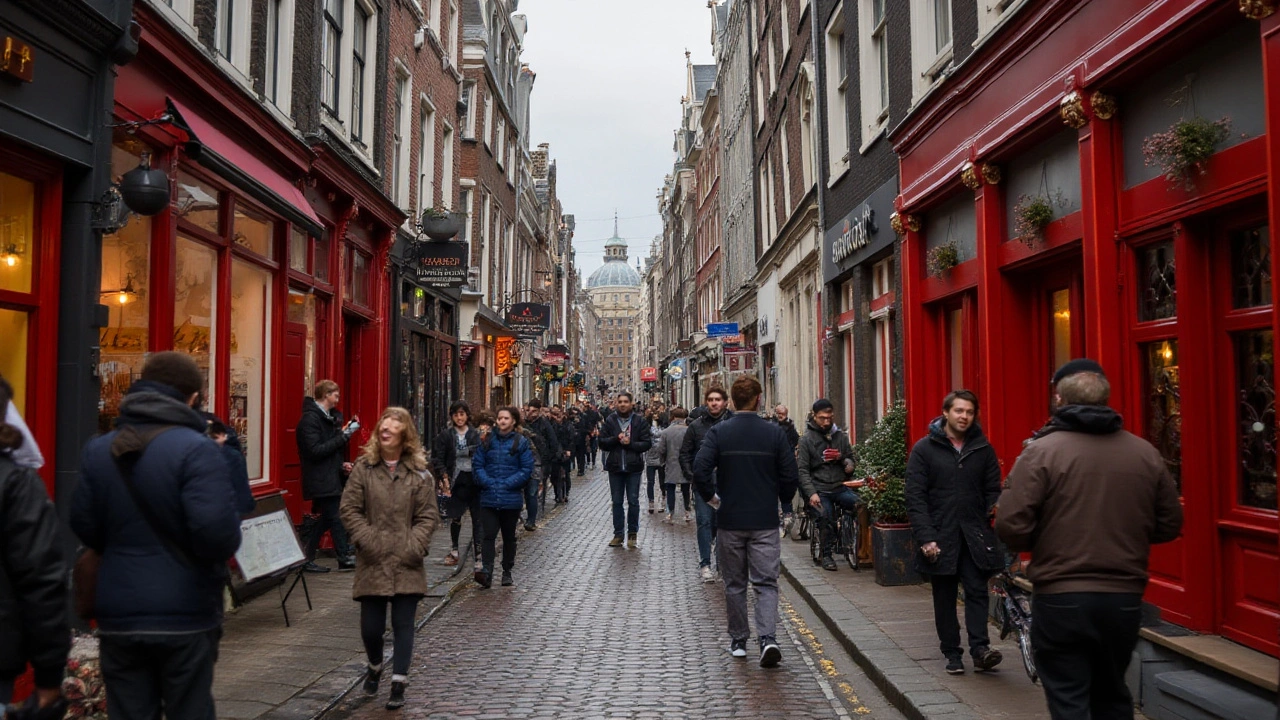
Exploring the Sights
As you embark on a journey through Amsterdam's historic Red Light District, it's easy to become captivated by its visual tapestry that is both alluring and vibrant. The labyrinthine alleys welcome fascination, weaving together a complex narrative that stretches back centuries. Here, architectural elegance coexists with bohemian rhapsody, luring visitors to discover the district's full mosaic of life. Step with intention through De Wallen, one of Amsterdam's oldest neighborhoods, where the cobblestones whisper tales of trade, art, and culture. The reverberating energy of the district molds a landscape where tradition and modernity forge an unparalleled harmony.
Amidst the iconic crimson hues, Amsterdam’s Museum of Prostitution offers a thought-provoking peek into the lives and stories of the workers who have shaped this region. Delve into the intricacies of their world with displays that balance education and curiosity, offering insights with an empathetic lens. A visit to the nearby Oude Kerk, the city’s oldest building, provides a stark contrast. This grand Gothic church, with its towering facades and solemn interior, stands in direct juxtaposition to the dazzle of the streets outside. Beneath stained-glass windows, history pulsates in silence, creating a space for contemplative reflection.
Venture further, and the streets reveal Amsterdam's vibrant culinary offerings. The Red Light District is not solely renowned for its provocative windows but also for its rich gastronomic diversity. From local street markets featuring pungent Dutch cheese to cozy eateries serving traditional stroopwafels, the flavors here are as eclectic as they are enticing. Many travelers speak highly of the multicultural dining options, reflective of the district's history as a melting pot of influences.
"The Red Light District is a microcosm of Amsterdam’s liberal yet culturally rich ethos, illustrating the city’s unique fusion of openness and tradition," remarks Martina Engels, a cultural historian from the University of Amsterdam.
For those seeking a touch of nightlife, the district’s bars and cafes offer yet another layer of sensory indulgence. Under dimmed lights, the sound of laughter and clinking glasses complements the rhythmic pulse of a city alive with possibilities. Whether sipping on a locally-brewed Heineken or indulging in the heady notes of a Dutch gin, these establishments offer respite and revelry in equal measure. It's a backdrop where meaningful connections form, stories unfold, and the night leaves its mark on the heart.
As Amsterdam's allure extends beyond mere voyeurism, allowing one to acknowledge the depth beneath the surface, remember to tread respectfully. Observing local customs and honoring personal boundaries creates an environment where everyone can appreciate the fabric of this quintessentially Dutch locale.
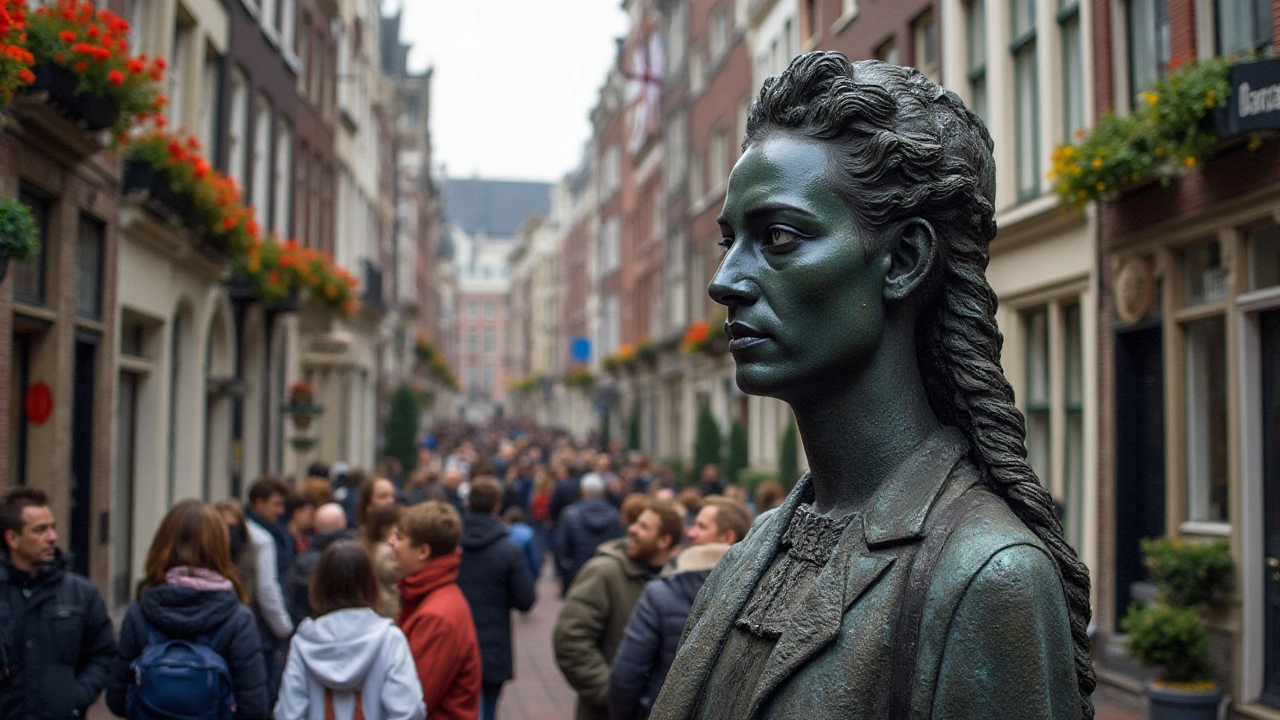
Etiquette and Tips
When journeying through the seductive labyrinth of Amsterdam's Red Light District, understanding the local etiquette can transform a simple visit into a culturally enriching experience. As twilight casts its spell over the cobblestone streets, the district unfolds its myriad of sensations, a world where respect and awareness become paramount. The air is imbued with history, and a sense of reverence is recommended. Knowing the guidelines not only aids in a seamless exploration but also pays tribute to the delicate balance maintained in this vibrant area.
Venturing into these lanes, it is crucial to observe the photographic restrictions. Capturing the allure of window displays might be tempting, but doing so not only invades personal privacy but also disrespects the cultural fabric of the neighborhood. As the saying goes, "Respect the spectacle, but don't play the director." Being mindful of this simple rule allows visitors to absorb the district's essence without overstepping boundaries. Engaging with the environment respectfully is as rewarding as it is essential.
The cobblestones beneath one's feet echo stories of the past. Walking attentively, rather than hurriedly pounding through, grants the opportunity to soak in the chronicle these stones hold. Wander past establishments offering experiences beyond the visual feast, each with doors hinting at tales more intimate than the last. A thoughtful stroll is often aided by quiet observation. This enjoyment is magnified when one embraces the pace of the locale rather than imposing external rhythms.
Nightfall brings with it an array of options; it's easy for newcomers to feel overwhelmed by choices. Engaging in conversations with locals can provide rare insights. There’s a hidden warmth to be found in the community, best discovered through open and respectful dialogue. As one patron of the arts noted,
"The charm of Amsterdam lies not just in its visible celebrations, but in its invisible connections."Understand and partake in the rhythm here—be it enjoying the glow of a lantern-lit evening or joining the hum of laughter spilling from a nearby bar.
Finally, while the nightlife is a spectacle on its own, acknowledging the hard-working individuals who make it possible is vital. This is not merely a curiosity but a livelihood steeped in tradition and legality. The sex workers, boutiques, and cafes all contribute to the district's uniqueness. With that in mind, carrying cash is advisable, considering not all establishments accept credit cards, reminding us of the old-world charm amidst modernity's hustle. Embrace this juxtaposition by preparing accordingly.
Plan your journey to end at a spot where a warm pilsner or a local delicacy allows a pause in the evening’s adventures. This understated pocket of the district offers a respite, a moment to process the splendor of an evening spent absorbing the richness of Amsterdam's Red Light District. In respecting these tips, one finds that the fabric of this locale is best appreciated with both eyes wide open and a heart willing to listen.

